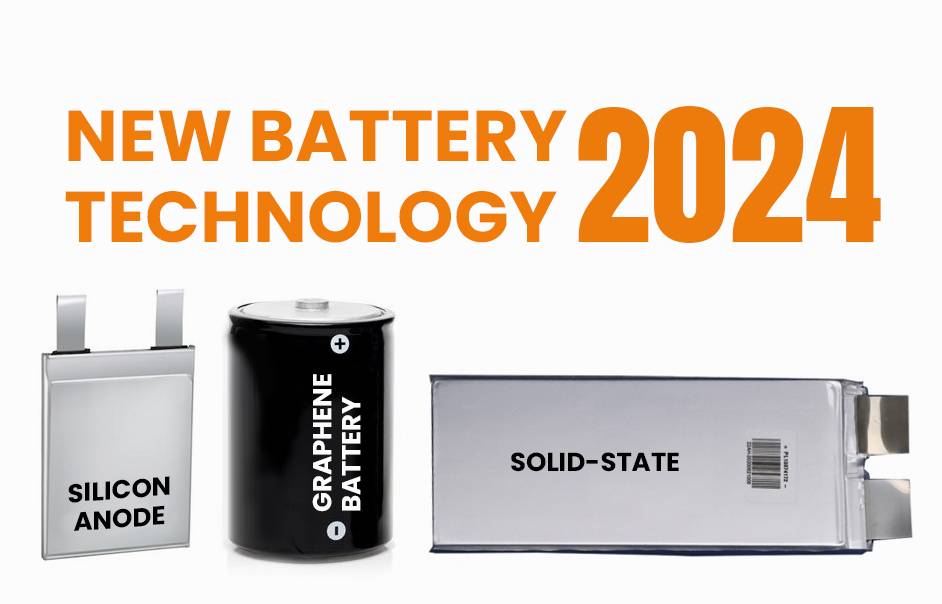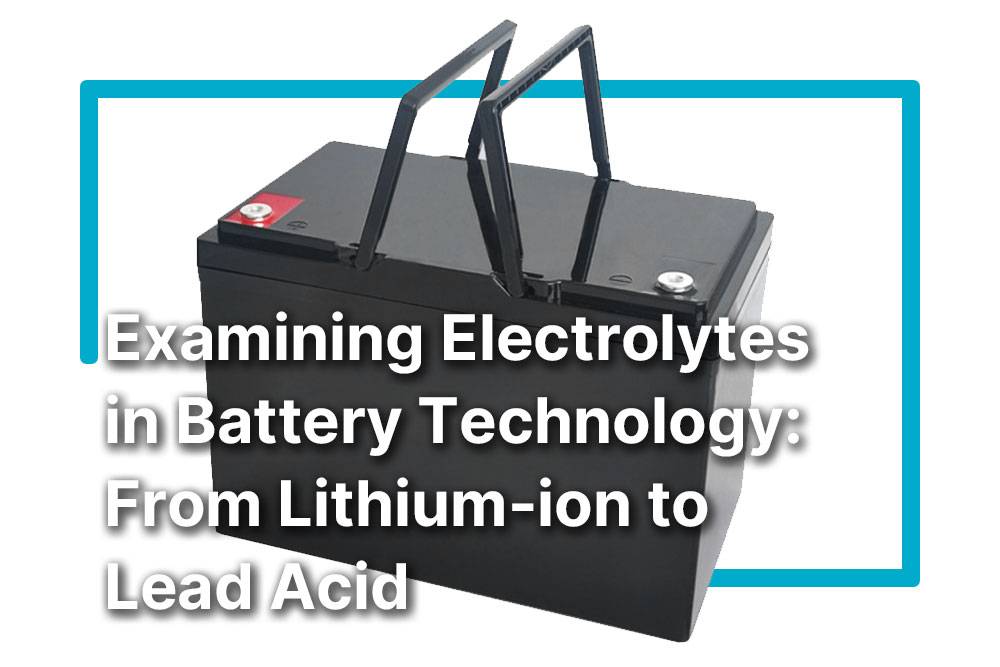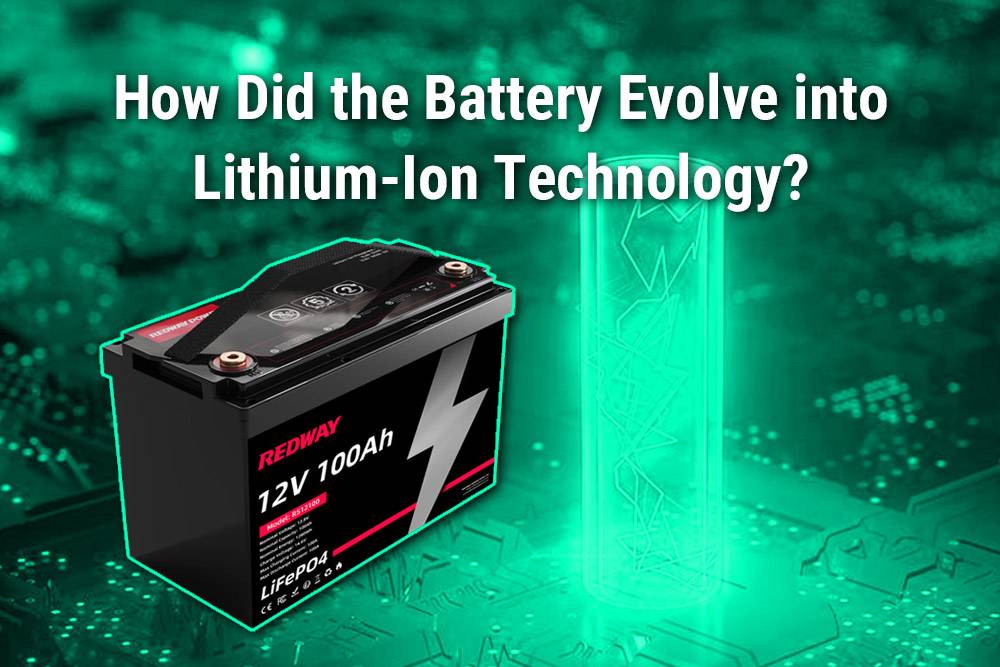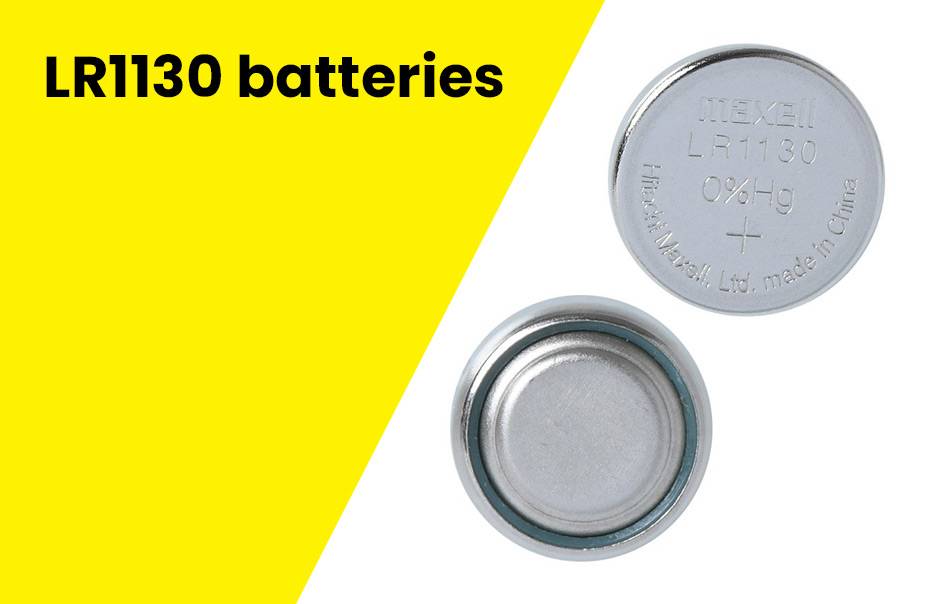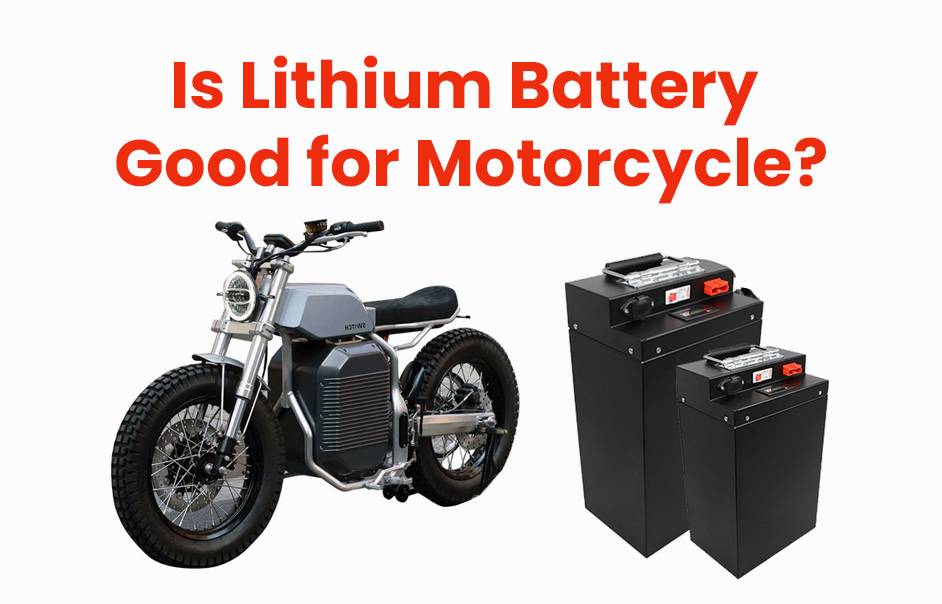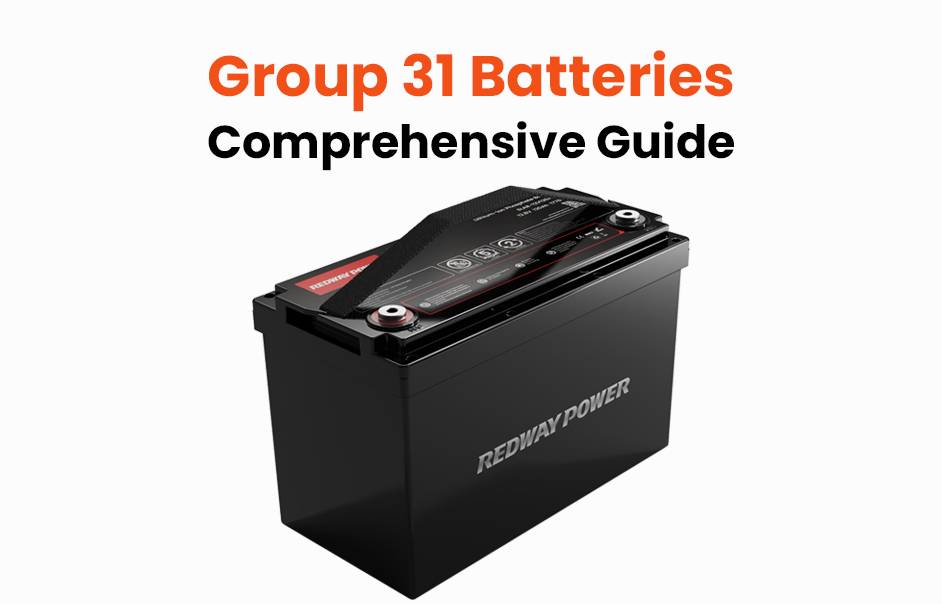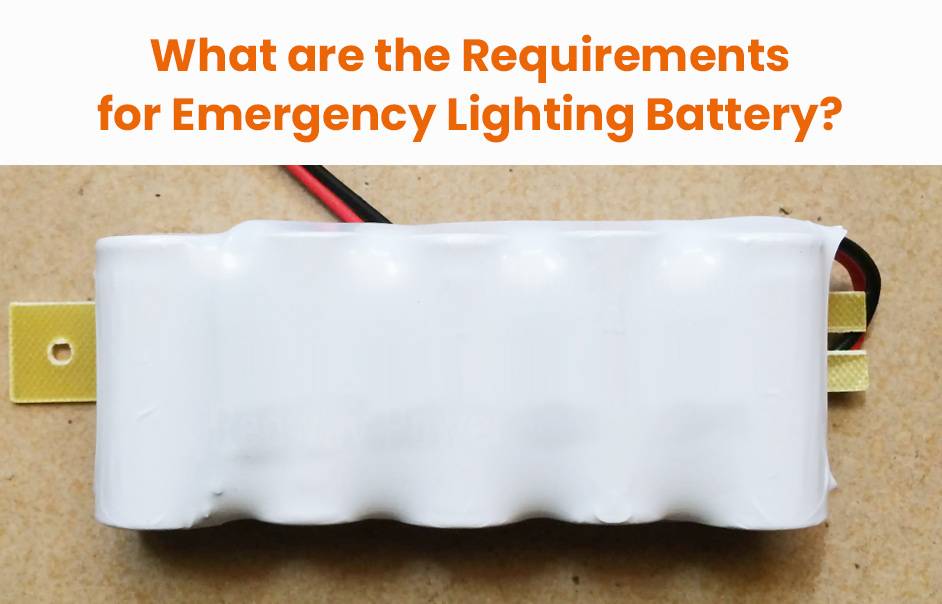The topic of 2024 new battery technology cannot be separated from these words: solid-state batteries, graphene batteries, silicon anode batteries, higher energy density, longer range, ultra fast charging, etc. Let’s take a look at it.
1. Solid-State Batteries: the battle between China, Japan, South Korea and Europe in 2024

In the race for advanced battery technology, China, Japan, South Korea, and Europe are at the forefront, each pursuing solid-state batteries with higher energy density. However, they have taken distinct paths based on the electrolyte material, presenting unique challenges and advantages.
Europe’s Approach:
Focus: Polymer electrolytes (conductivity: 10^-7 to 10^-5 S/cm).
Challenge: Low conductivity affects battery life, making mass-produced solid-state batteries less efficient than liquid lithium batteries.
Japan and South Korea’s Focus:
Focus: Sulfide electrolytes (conductivity: 10^-3 to 10^-2 S/cm).
Challenge: Ideal conductivity, but complex production processes and rare metal content have caused delays in commercialization.
China’s Strategy:
Focus: Oxide electrolytes (conductivity: 10^-6 to 10^-3 S/cm).
Challenge: Material hardness and high porosity hinder ion transmission, limiting current technology to creating semi-solid batteries, reducing energy density.
In summary, as these global players compete for solid-state battery supremacy, Europe grapples with polymer conductivity limitations, Japan and South Korea face challenges in sulfide electrolyte commercialization, and China encounters obstacles in achieving high energy density with oxide electrolytes. The future of solid-state batteries hinges on overcoming these hurdles and achieving breakthroughs in each region’s chosen path.
2. Graphene Batteries: Harnessing Nanotechnology for Efficiency
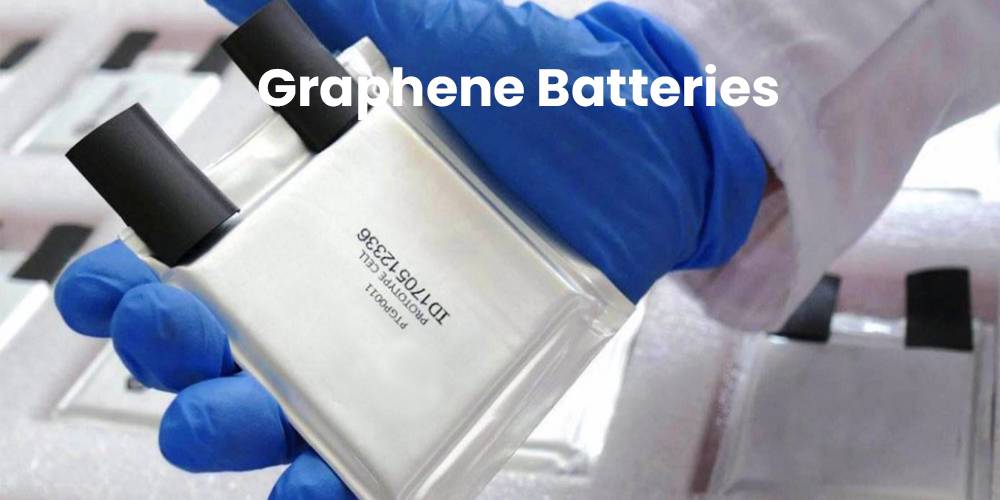
In the realm of electronics, silicon has long been a dominant material. However, with the evolution of Moore’s Law, the limitations of silicon have surfaced, leading to a quest for alternative materials. One such contender is graphene, a two-dimensional wonder material known for its exceptional strength, high carrier mobility, and thermal conductivity.
Graphene’s Unique Properties:
Extremely Strong: Over 200 times stronger than steel.
High Carrier Mobility: Enables fast electron travel.
Exceptional Thermal Conductivity: Effectively dissipates heat, preventing overheating in electronic devices.
Graphene in Semiconductor Field:
Semiconducting Epitaxial Graphene (SEG): Achieved by imposing specific constraints during growth on SiC.
Enhanced Efficiency: SEG allows electrons to travel 10 times faster than silicon, opening new possibilities in semiconductor applications.
Graphene Batteries:
Interest from Tech Giants: Samsung, Huawei, and LG exploring graphene for batteries.
Samsung’s “Graphene Balls”: Showed a 45% increase in storage capacity and 5 times faster charging, but commercialization progress remains a challenge.
Challenges in Commercialization:
-
- High Initial Capital Requirements: Expensive equipment poses a burden for startups.
- Technology and Market Uncertainty: Despite graphene’s potential, commercial applications are in early stages, making large companies cautious.
- Scaling Up Production Challenges: Laboratory production success, but scaling to industrial levels requires solving engineering and materials science problems.
In summary, graphene’s exceptional properties make it a promising candidate in the semiconductor and battery realms. However, challenges in commercialization, capital requirements, and scaling up production must be addressed for its widespread adoption in future technologies.
3. Silicon Anode Batteries: Unlocking a New Era in Energy Storage
![]()
As a professional lithium expert, let’s explore the significant developments in silicon anode batteries and their impact on the energy storage landscape.
Revolutionary Technology:
Silicon anode batteries represent a groundbreaking rechargeable battery technology designed to overcome limitations in traditional lithium-ion batteries.
Unlike traditional batteries using graphite, silicon anode batteries utilize silicon as the primary negative electrode material, offering ten times the theoretical capacity to store lithium ions.
Market Growth Projections:
Market Value: The silicon anode battery market is projected to reach a substantial value of US$203 billion by 2030, with a remarkable Compound Annual Growth Rate (CAGR) of 46.30%, according to an exclusive report from Exactitude Consultancy.
Driving Forces: The higher energy density of silicon anode cells is a key driver, promising more powerful and longer-lasting energy storage solutions.
![]()
Renewable Energy Integration:
Opportunity in Renewables: Silicon anode cells play a crucial role in energy storage for renewable sources like solar and wind.
Grid Integration: Their potential to store large amounts of energy enhances the integration of renewable energy into the grid, promoting sustainability and grid stability.
Impacts of COVID-19:
- Setback Due to Pandemic: The COVID-19 pandemic has negatively impacted the silicon anode battery market.
- Disruptions: Supply chain disruptions, manufacturing delays, and economic downturns have affected production, delivery, and adoption of silicon anode cells.
- Resilience Lesson: The pandemic has highlighted the industry’s vulnerability to external shocks, emphasizing the need for resilient supply chains.
In summary, silicon anode batteries signify a transformative leap in energy storage technology, offering higher capacity and addressing the needs of diverse applications. Despite challenges posed by the pandemic, the market is poised for substantial growth, driven by the demand for advanced battery solutions in the transition towards cleaner and renewable energy sources.
4. Advancements in Battery Efficiency and Capacity: Meeting User Demands
The year 2024 brings forth batteries with improved energy density, addressing the concerns of EV users with longer travel distances on a single charge. Ultra-fast charging solutions, exemplified by Nyobolt’s technology charging in under 6 minutes, mirror the convenience of refueling traditional vehicles. Additionally, these advancements offer significantly longer battery life, promoting sustainability by reducing the need for frequent replacements.
5. Environmental Impact and Sustainability: A Greener Approach
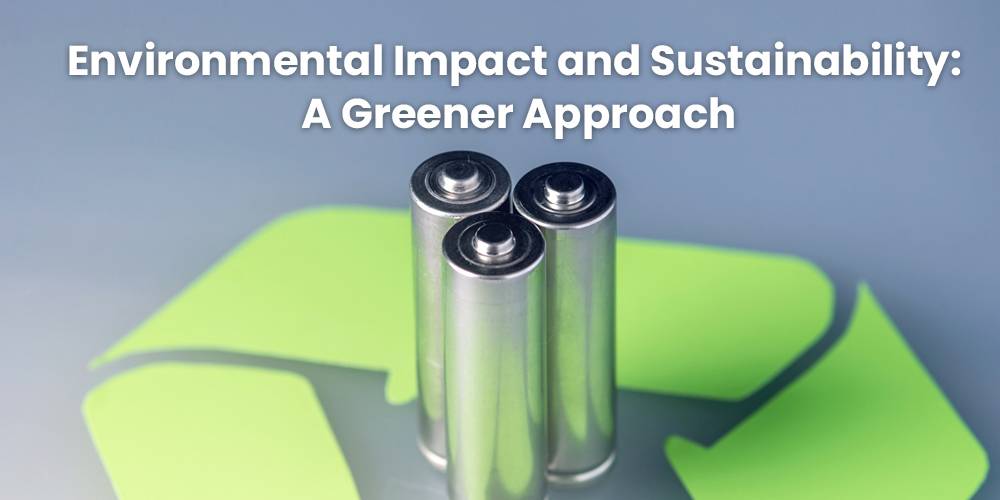
The industry is witnessing a shift towards eco-friendly materials in battery production, with lithium iron phosphate (LFP) batteries leading the way. Ford’s manufacturing initiative underscores the commitment to sustainable and cost-effective alternatives. Moreover, advancements in recycling technologies enable used EV batteries to find new life as energy storage solutions, contributing to a circular economy and minimizing environmental impact.
6. Conclusion
The year 2024 stands as a remarkable moment in the evolution of lithium battery technology. From solid-state batteries to graphene and silicon anode innovations, the industry is poised for a transformative leap. These advancements promise a future where electric mobility is not just a choice but a preference. As we embrace cleaner energy and transportation solutions, the ongoing developments in battery technology pave the way for a more sustainable, efficient, and accessible future. Stay tuned for the exciting journey that lies ahead in the world of lithium batteries.
FAQs
What is the new breakthrough in battery technology?
One of the recent breakthroughs in battery technology involves solid-state batteries, which use a solid electrolyte instead of the liquid or gel electrolyte found in traditional lithium-ion batteries. Solid-state batteries offer advantages such as higher energy density, improved safety, and potentially faster charging rates.
What is the next generation of battery technology?
The next generation of battery technology includes advancements in areas such as solid-state batteries, lithium-sulfur batteries, sodium-ion batteries, and flow batteries. These technologies aim to address current limitations in energy density, safety, cost, and environmental impact.
Is 2024 a good time to buy an electric car?
The decision to buy an electric car depends on various factors such as personal preferences, budget, available models, and charging infrastructure in your area. In 2024, electric cars are likely to have improved technology, range, and affordability, making it a good time to consider purchasing one.
Could a new battery solve our energy problem?
While advancements in battery technology can contribute to solving energy challenges, including energy storage and transportation, they are just one part of the solution. A combination of renewable energy sources, energy efficiency measures, and smart grid technologies is also necessary to address global energy needs sustainably.
How long will an earth battery last?
Earth batteries, which harness energy from the soil’s natural electrochemical reactions, can potentially last for several years or even decades with proper maintenance. However, their performance may degrade over time due to factors such as soil composition, moisture levels, and electrode corrosion.
Is the gravity battery real?
Gravity batteries, also known as gravitational energy storage, are a concept under development but are not yet widely implemented as practical energy storage solutions. These systems use gravitational potential energy to store and release electricity, but significant technological and engineering challenges need to be addressed before they become viable.
Will electric cars last 10 years?
With proper maintenance and care, electric cars can last well beyond 10 years. The lifespan of an electric vehicle (EV) depends on factors such as battery health, driving habits, maintenance practices, and technological advancements. Many EV manufacturers offer warranties for their battery packs that extend beyond 10 years.
How long until every car is electric?
The timeline for the widespread adoption of electric vehicles (EVs) varies depending on factors such as technological advancements, government policies, infrastructure development, and consumer preferences. While some projections suggest that EVs could dominate the automotive market within a few decades, the exact timeline remains uncertain.
What new battery will replace lithium?
Several emerging battery technologies, such as solid-state batteries, lithium-sulfur batteries, and sodium-ion batteries, have the potential to complement or even replace lithium-ion batteries in specific applications. However, widespread adoption of these alternatives depends on factors such as cost, scalability, and performance.
What will replace lithium in EV batteries?
While lithium remains the primary choice for electric vehicle (EV) batteries, researchers are exploring alternatives such as solid-state batteries, lithium-sulfur batteries, and sodium-ion batteries as potential replacements. These technologies offer advantages such as higher energy density, improved safety, and lower cost.
What is the best battery technology in the world?
The “best” battery technology depends on specific application requirements and priorities such as energy density, safety, cost, and environmental impact. Currently, lithium-ion batteries are the most widely used and commercially available battery technology, but ongoing research and development are continually improving existing technologies and exploring new alternatives.

